On 30 July, after only 5 days preparation in Aldershot, the advance elements of the contingent, under the command of CO 5 Airborne Brigade Logistic Battalion arrived at Kigali airport on the outskirts of the capital. They came after 100 days of fighting and murder which caused the death of nearly a million civilian men, women and children.
When the contingent deployed fighting had stopped but had been replaced by a humanitarian catastrophe beyond the capacity of UNAMIR to cope. A cholera and dysentery outbreak in the NE of Rwanda accounted for the lives of 20,000 people and claimed some 600 people a day at the start of the deployment. The role of the British Contingent became humanitarian and logistical.
23 Parachute Field Ambulance RAMC quickly established primary health clinics for vulnerable refugees as well as reinforcing the country’s three functioning hospitals with surgical teams and bolstering environmental health teams to stem the spread of disease in increasingly squalid and untenable refugee camps. After a month on the ground in the North of Rwanda, 23 PFA were re-deployed by the Force Commander, Canadian Major General Romeo Dallaire, to halt a further unexpected and mass exodus of refugees into Zaire, at the southern end of Lake Kivu. 23 PFA directly helped over 125,000 civilians during the 4 month deployment.
Rwanda had a reasonable infrastructure for that part of Africa, but it was in ruins after the conflict. The sappers of 9 Parachute Squadron RE worked to improve and maintain vital aid road routes and provide adequate sanitary arrangements for remote refugee camps. Improvising construction materials, they rebuilt village clinics, re-connected power supplies to towns and replaced several strategic river crossings destroyed in earlier fighting. All this was to encourage the return of refugees from camps where their lives hung by a thread.
The prompt and widespread distribution of aid was assisted by 63 Airborne Close Support Squadron RLC. Soldiers deployed to remote locations carrying 1500 tonnes of aid and transporting 20,000 refugees in their short time in theatre. The war and roads had taken a toll of the UN’s equipment and 10 Airborne Workshop REME recovered and repaired much of the UN’s diverse fleet of armoured, utility and transport vehicles and equipment, which had been abandoned all over Rwanda.
Infantry protection was provided by A Company 2nd Battalion The Princess of Wales Royal Regiment during the deployment. Other Contingent units included detachments from 30 Signal Regiment, 9 Supply Regiment , 29 Movement Control Regiment, 49 Explosive Ordnance Disposal (EOD) RE, the Specialist Team Royal Engineers (STRE) and 160 Provost Company.
Aircraft from RAF Lynham and Brize-Norton deployed, sustained and recovered much of the Force, which was commanded from the Joint Headquarters at UK Land Command at Wilton.
5 Airborne Brigade’s commitment to Op GABRIEL lasted until November 1994, after which it was withdrawn. Eleven honours resulted, including the Wilkinson Sword of Peace, awarded to recognize the collective achievement of the group of units from 5 Airborne Brigade.
Participating units:
5 Airborne Brigade Logistic Battalion
2nd Battalion The Princess of Wales Royal Regiment
216 Parachute Signals Squadron
30 Signals Regiment
9 Supply Regiment RLC
29 Movement Control Regiment RLC
49 Explosive Ordnance Disposal Squadron RE
Specialist Team Royal Engineers (STRE)
160 Provost Company RMP
Tactical Supply Wing RAF
United Kingdom Mobile Air Movements Squadron RAF

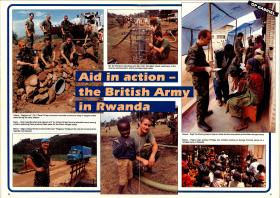
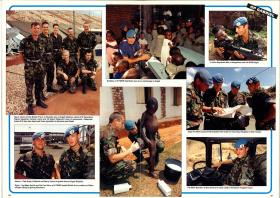
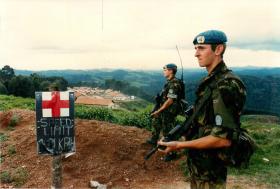
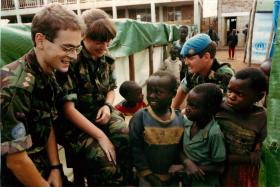
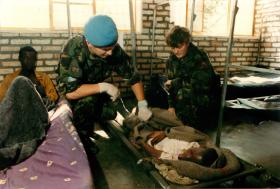
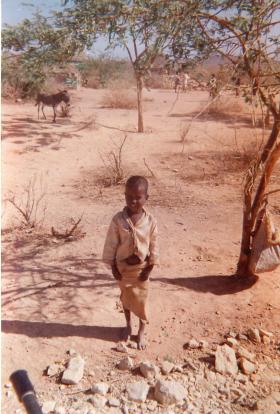




Latest Comments
There are currently no comments for this content.
Add Comment
In order to add comments you must be registered with ParaData.
If you are currently a ParaData member please login.
If you are not currently a ParaData member but wish to get involved please register.